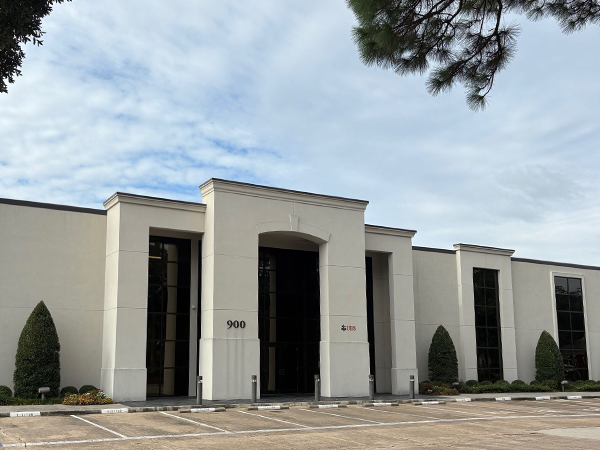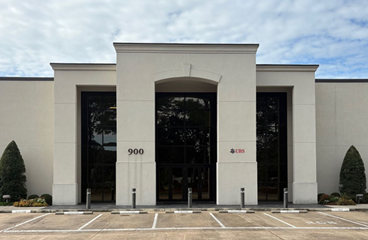900 East St. Mary Blvd. #104
Lafayette, LA 70503

The skin on our face goes through a great deal of trauma during our lifetime, suffering damage from exposure to the sun and pollutants, as well as the effects of dermatological problems such as acne and chicken pox and the natural effects of aging.
Unfortunately, these issues can make us look older and more tired than we really are – something which an increasing number of people are finding frustrating to deal with. While cosmetics can go some way to improving the appearance of our skin, the only choice if we wish to make a permanent change is to consider cosmetic surgery.
The good news is that progress in the industry means that there are more treatment options than ever before. Two of the most popular are dermabrasion and microdermabrasion. However, the similarities in their name often lead people to confuse the two. So, what are dermabrasion and microdermabrasion, and which one is right for you?
What is dermabrasion and how does it work?
Dermabrasion is a fairly popular variety of cosmetic surgery that involves removing the top layers of skin so that the fresher, newer skin underneath is unveiled. It also stimulates the production of new, youthful-looking skin. The procedure is carried out using a handheld device which has a rotating wheel layered with wired brushes. This is passed over the skin so that it exfoliates it away in a process similar to sanding a piece of wood.
Dermabrasion is reasonably invasive and for this reason, it is recommended that patients receive either a general anesthetic or a combination of a local anesthetic and sedative. This will ensure that you remain calm and comfortable for the duration of the appointment, which you can expect to last up to two hours depending on the extent of the exfoliation that you require.
The results you can expect from dermabrasion
The effects of dermabrasion are fairly dramatic, significantly improving or even eliminating the appearance of moderate to deep wrinkles, scars, lesions, and pigmentation issues. This makes it the perfect choice for patients who require a deeper grade of facial improvement than many alternatives can offer.
One of the most important things to note is that dermabrasion should really only be performed on patients that have fair skin. If it is carried out on patients with darker shades of skin, the procedure can cause discoloration and scarring.
Recovery from dermabrasion
Since dermabrasion is an invasive procedure, you will need to allow yourself a reasonable amount of time to recover. Trying to rush the healing process could lead to complications and compromise the overall outcome from your cosmetic surgery. You will be in some discomfort in the days after your procedure and your surgeon will provide you with pain relief medications to enable you to manage this. Your skin will look pink, swollen and irritated and you will need to keep it clean and avoid all cosmetics while it heals. Your surgeon will give you precise instructions for your recovery and these should be followed precisely for you to make a straightforward and successful recovery from your dermabrasion procedure.
What is microdermabrasion and how is it different to dermabrasion?
To all intents and purposes, microdermabrasion and dermabrasion have the same aim – to remove layers of the facial skin through exfoliation so that the patient can embrace a refreshed, rejuvenated and younger appearance. The way in which they do this is also similar, removing the outer layers of skin so that the new and improved skin underneath is revealed. However, where dermabrasion penetrates fairly deeply, the device used to perform microdermabrasion only targets the dead skin cells on the very outer layer of your face. As such, microdermabrasion is not considered painful and can be performed with absolutely no pain relief or sedation.
The results you can expect from microdermabrasion
Since it is less invasive, the results that you can expect from microdermabrasion are much more subtle. It is not a suitable solution if you are hoping to see a dramatic difference to imperfections such as acne scars, deep lines and wrinkles or hyperpigmentation. The benefit is that since it doesn’t penetrate as deeply, microdermabrasion is suitable for virtually all skin colors and types.
Recovery from microdermabrasion
Another distinct advantage of microdermabrasion is that your recovery from the procedure will that much faster. Your skin will be fairly pink and tight initially, but this usually subsides within 24 hours of your appointment. You shouldn’t require any pain relief and will be able to return to your usual activities a couple of days after your microdermabrasion, showcasing your refreshed and radiant appearance.
Maybe you are considering dermabrasion or microdermabrasion and you would like further information about either option. Alternatively, you might be seeking an appointment with a qualified and experienced specialist who can recommend which the best treatment to address your skin problems. Whichever stage you are at, our expert cosmetic surgery team would be delighted to help. Please contact our office today to schedule your confidential consultation at 337-226-0400.





